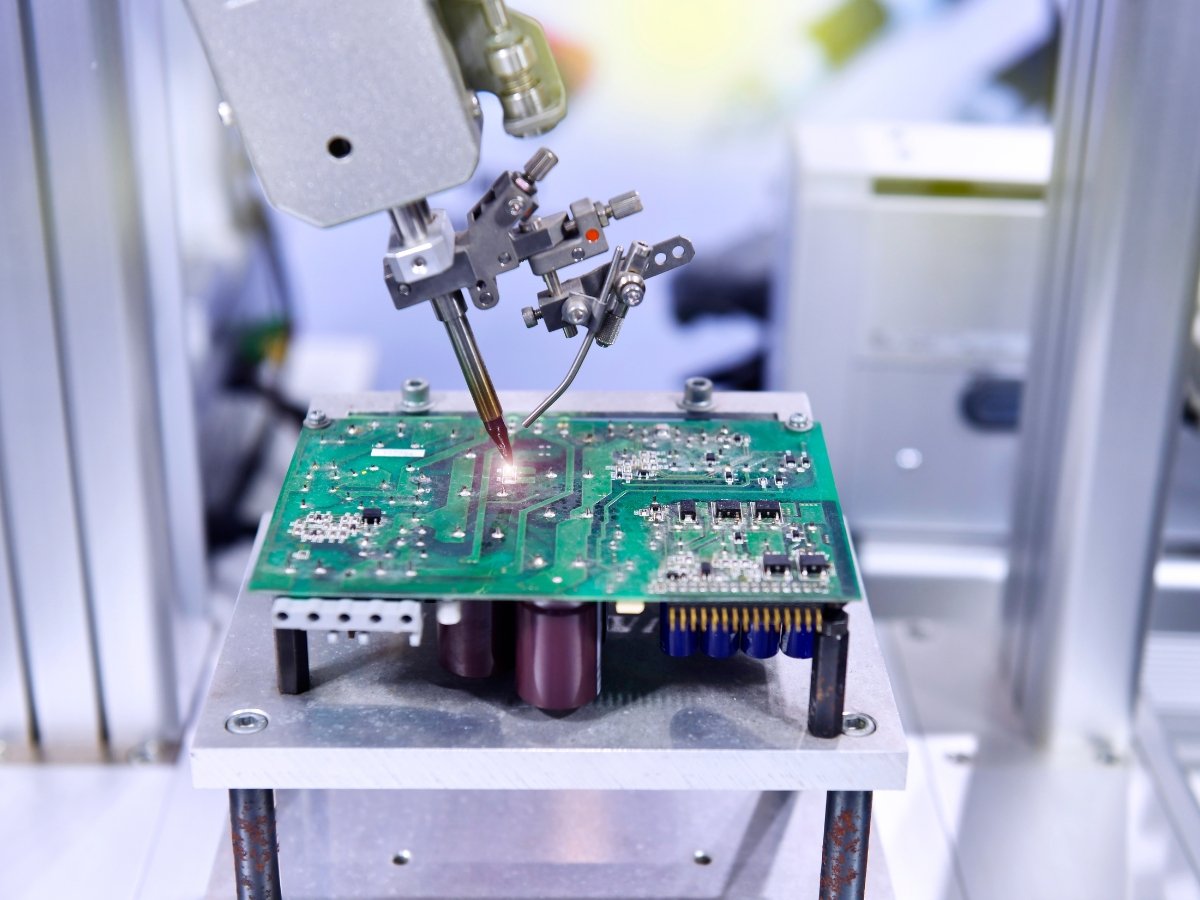In this blog, we’ll explore the future trends in RTL design and verification that are shaping the next generation of semiconductor products and how engineers can prepare to stay ahead of the curve.
What is RTL Design and Why It Matters in VLSI?
RTL design is the process of defining digital circuit behavior at the register-transfer level using Hardware Description Languages (HDLs) like Verilog or VHDL. It forms the foundation of any digital chip, specifying how data flows between registers based on clock cycles.
RTL verification ensures that the design meets functional specifications before it’s synthesized and fabricated. It often consumes up to 70% of the overall chip design effort, making it a critical phase in VLSI development.
Emerging Trends in RTL Design and Verification
1. Increased Adoption of SystemVerilog and UVM
Verification is shifting towards SystemVerilog and Universal Verification Methodology (UVM) for building reusable, scalable testbenches. As chips grow in complexity, UVM’s modular architecture is becoming a standard for faster, more reliable verification.
2. AI-Powered Verification Tools
Artificial Intelligence and Machine Learning are being integrated into EDA tools to optimize test coverage, detect corner cases and automatically generate test scenarios. Companies like Cadence and Synopsys are actively embedding AI to speed up simulations and reduce debug time.
3. Formal Verification and Assertion-Based Design
To catch bugs early and validate correctness under all conditions, formal methods are gaining traction. Assertion-based verification using tools like JasperGold or VC Formal is becoming essential, especially for safety-critical applications in automotive and healthcare.
4. High-Level Synthesis (HLS) Integration
With HLS, designers can describe functionality in C/C++, which is then synthesized to RTL. This approach is accelerating design time, enabling rapid prototyping and reducing human error — particularly useful for AI accelerators and FPGA design.
5. Emulation and FPGA Prototyping
Simulation-only approaches are not enough. Emulators and FPGA-based verification platforms are now being used to test SoCs in real-time, identify bottlenecks and validate software interactions — all before tape-out.
6. Low-Power RTL Design Techniques
With battery-powered devices on the rise, RTL engineers must now incorporate clock gating, power gating and multi-voltage domain techniques early in the design to meet PPA (Power, Performance, Area) goals.
7. Design for Safety and Security
With increasing cyber-physical threats, RTL design is evolving to include secure coding practices, hardware-level encryption modules and built-in self-test (BIST) features for reliability and functional safety (ISO 26262 compliance).
How RTL Engineers Can Stay Future-Ready
To stay relevant in this fast-evolving space, RTL engineers must:
- Master SystemVerilog, UVM and SVA (SystemVerilog Assertions)
- Get hands-on with formal verification tools and emulation platforms
- Understand power-aware design and clock domain crossing (CDC) checks
- Learn High-Level Synthesis (HLS) and C-based design methodologies
- Develop skills in AI/ML-enhanced verification environments
How MOSART Labs Prepares You for the Future of RTL
At MOSART Labs, our VLSI courses are designed in collaboration with IIT Bhubaneswar and top semiconductor industry experts to prepare you for tomorrow’s RTL challenges:
- In-depth training in Verilog, SystemVerilog & UVM
- Real-world RTL projects on industry-grade EDA tools
- Coverage of Formal Verification, CDC, Linting, Low Power Design
- Mentorship from IIT faculty and silicon-proven engineers
- 4-week on-campus immersion at IIT Bhubaneswar
- Placement support with top chip design companies
Whether you’re just starting or looking to upgrade your skills, our RTL-focused modules provide the expertise needed to thrive in the future of VLSI.
Final Thoughts
The future of RTL design and verification is automated, intelligent and highly specialized. Engineers who upskill with modern tools, methodologies and industry-aligned training will lead the next wave of innovation in semiconductor design.
If you’re ready to step into next-gen RTL design, now is the time to prepare with a program built for the future.



